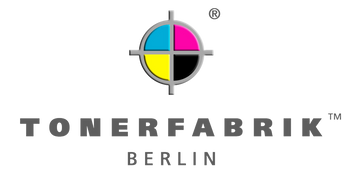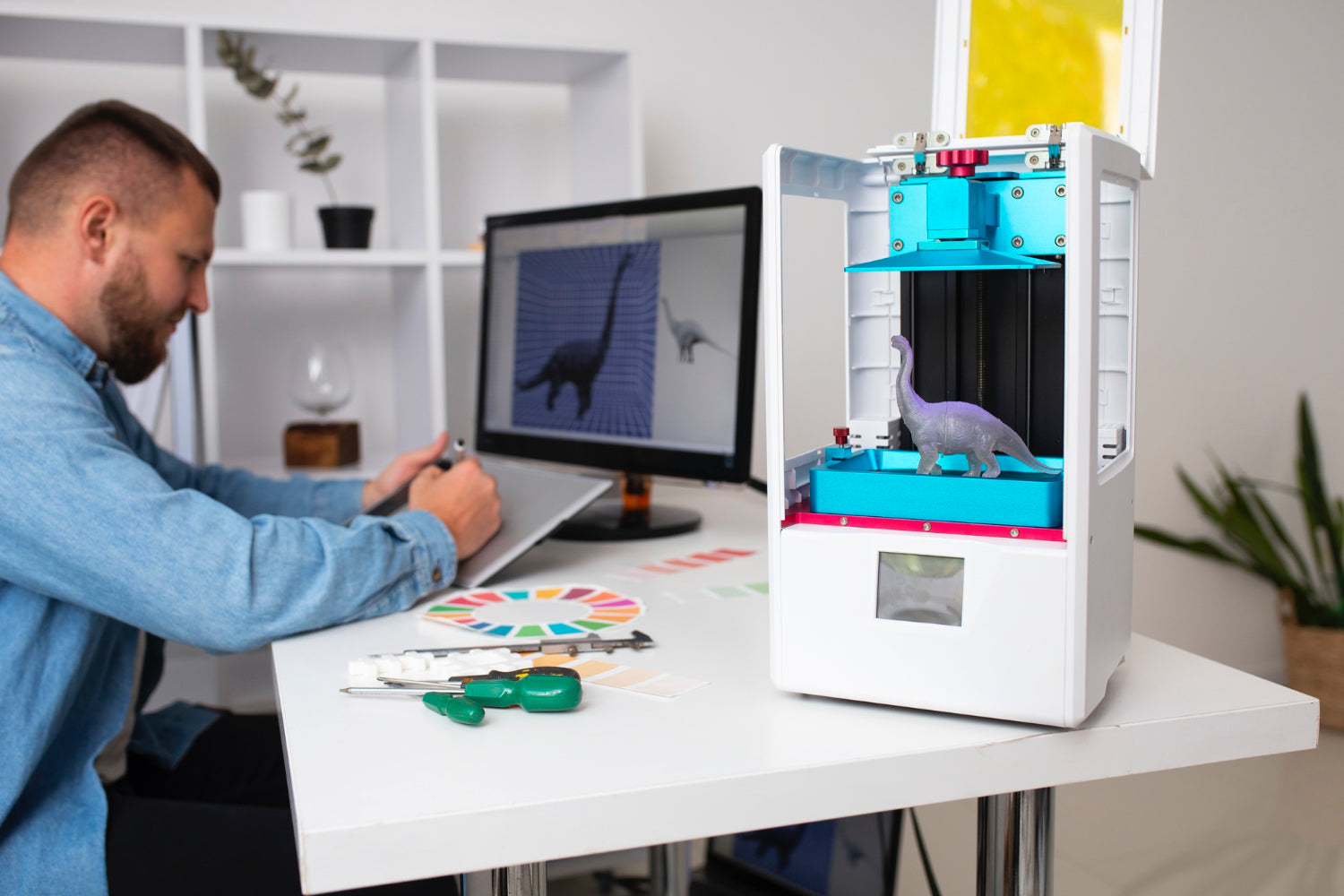Introduction to 3D printing technology – basics and definitions
3D printing, also known as additive manufacturing, is a transformative technology that has revolutionized the manufacturing landscape over the past few decades. This technique enables the creation of physical objects directly from digital designs, which sets it apart from traditional subtractive or mold-based manufacturing methods. This technology opens up new possibilities in design, prototyping and production that complement and, in some cases, replace traditional manufacturing processes.
What is 3D printing? A basic definition
3D printing is a manufacturing process that involves adding material in layers to create physical objects from digital 3D models. Unlike traditional manufacturing processes that often cut away or mold material, 3D printing builds objects by forming them layer by layer from materials such as plastic, metal, or even living cells. This technology enables the production of complex structures that would be either impossible or not cost-effective to produce using traditional methods.
The basics of 3D printing involve first creating a digital design, usually using CAD (computer-aided design) software. This design is then converted into an STL (stereolithography) file, which breaks down the surface of the object into triangles to provide a template for the printer. The printer follows this template to build the object layer by layer, resulting in a complete, three-dimensional product.
The development of additive manufacturing
The origins of additive manufacturing date back to the 1980s, when Chuck Hull, the inventor of stereolithography, filed the first patent for the technology. Originally developed as a rapid prototyping method to shorten design cycles and reduce costs during the development phase, 3D printing has since grown rapidly and has been used in numerous industries.
In the early 2000s, researchers and engineers began exploring the possibilities of 3D printing in practical applications, including the manufacture of finished products. Today, additive manufacturing is used in a wide range of fields, including medical technology for prosthetics and implants, aerospace for lightweight, robust components, and even the construction industry, where experiments are being conducted with printing entire building structures.
Technological advances in materials science have also contributed to the fact that 3D printers can now use a wide variety of materials, including various plastics, resins, metals and more. In addition, the technology is continuously improving with the development of new printing methods, such as multi-material printing, and improvements in print speed and quality.
The development of additive manufacturing is a clear example of how innovative technologies can transform traditional production processes and lay the foundation for future industrial revolutions. Not only does it offer the opportunity to speed up and reduce the cost of product development, but it also opens up new avenues for personalized medicine, sustainable construction processes and much more.
Different 3D printing processes and how they work
3D printing encompasses a variety of technologies that use different materials and mechanisms to create three-dimensional objects. These technologies vary greatly in their approach and suitability for different applications, depending on the requirements for material, precision, strength and complexity of the objects. Below we explain two of the most popular 3D printing techniques that are widely used in industry and research.
Fused Deposition Modeling (FDM) – The most popular 3D printing process
Fused deposition modeling (FDM) is one of the most widely used forms of 3D printing, popular for its cost-effectiveness and ease of use. In this process, a thermoplastic wire, called filament, is forced through a heated nozzle. The nozzle moves along specific paths and deposits the material in thin layers that quickly harden after exiting, gradually building up the three-dimensional object.
FDM is particularly advantageous for use in prototyping, education, and even hobbyist settings because the equipment is relatively inexpensive and materials are readily available. The technology is excellent for creating robust parts that can withstand heat and shock, but the surfaces of these prints are often rougher compared to other printing technologies.
Stereolithography (SLA) – precise printing technology with resin
Stereolithography (SLA) is one of the first 3D printing technologies developed and offers significantly higher resolution and accuracy than FDM. SLA uses an ultraviolet laser to specifically cure a light-sensitive resin in a tank. The laser beam follows the CAD data of the digital model and solidifies the resin layer by layer to form the desired object.
This technique is ideal for applications that require high surface quality and fine details, such as jewelry making, dentistry, and medical technology. Although the material costs and maintenance of SLA printers are higher than FDM, the investment is justified for those areas where precision and detail are of utmost importance.
Both technologies, FDM and SLA, have their specific strengths and areas of application. While FDM is well suited for basic prototyping tasks and the educational sector, SLA finds its niche in applications that require the highest level of accuracy. Choosing the right 3D printing process ultimately depends on the specific requirements of the object to be created and the framework of the project.
Selective laser sintering (SLS) – versatility through powder material
Selective laser sintering (SLS) is an advanced 3D printing technology characterized by the use of powder materials and is known for its versatility and high quality of final products. This process uses a laser to selectively fuse finely divided powder - typically plastic, metal, ceramic or glass - to create the desired object layer by layer.
Compared to FDM and SLA, SLS enables the printing of complex geometries without the need for support structures, as the surrounding powder supports the object during the printing process. This characteristic makes SLS particularly valuable for demanding industrial applications, including functional prototypes, tool inserts and end products in areas such as aerospace, automotive and medical technology. The high strength and durability of SLS prints are other key advantages that make this technology ideal for the production of components under demanding conditions.
Other 3D printing technologies and their applications
In addition to the widely used techniques such as FDM, SLA and SLS, there are other specialized processes that are characterized by special materials and printing properties. These include:
-
Digital Light Processing (DLP) : Similar to SLA, DLP also uses resins that are cured by light sources such as projectors. DLP can print faster than SLA because it cures entire layers at once, making it ideal for applications where speed is critical.
-
Multi Jet Fusion (MJF) : Developed by Hewlett-Packard, this technology uses an inkjet array to spray a binder onto a powder bed, which is then sintered using infrared light. MJF enables very high levels of detail and is ideal for functional prototypes and final parts that require high mechanical strength.
-
Electron Beam Melting (EBM) : This method uses an electron beam to melt metallic powder in a high vacuum. EBM is particularly popular in aerospace and medical technology because it can process materials with a high melting temperature, resulting in extremely strong and dense structures.
-
Binder Jetting : This process sprays a liquid binder onto a powder bed (metal, sand or ceramic) to bond the material layer by layer. Binder Jetting is particularly suitable for creating sand casting molds and complex metal parts that are subsequently sintered.
These and other technologies are continually pushing the boundaries of what is possible in the field of 3D printing, opening the door to innovative applications in almost every industry imaginable. Each process offers unique advantages and limitations, so choosing the right technology is critical to the success of the printing project.



